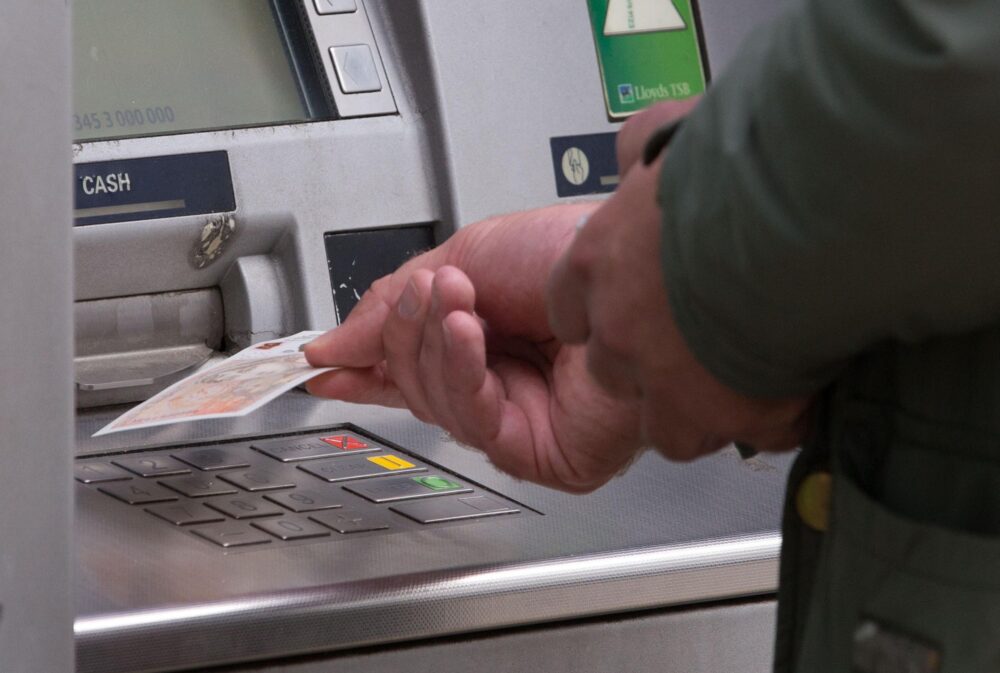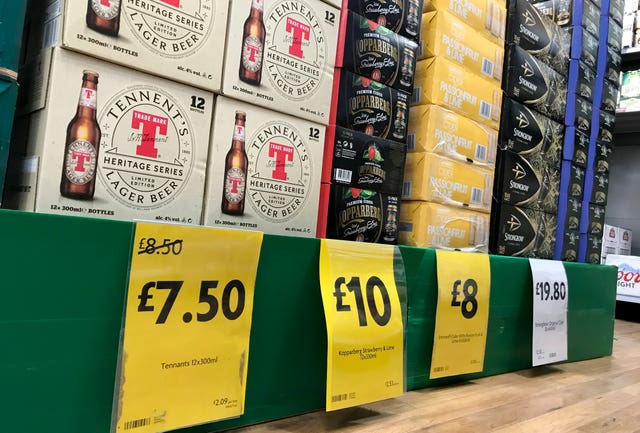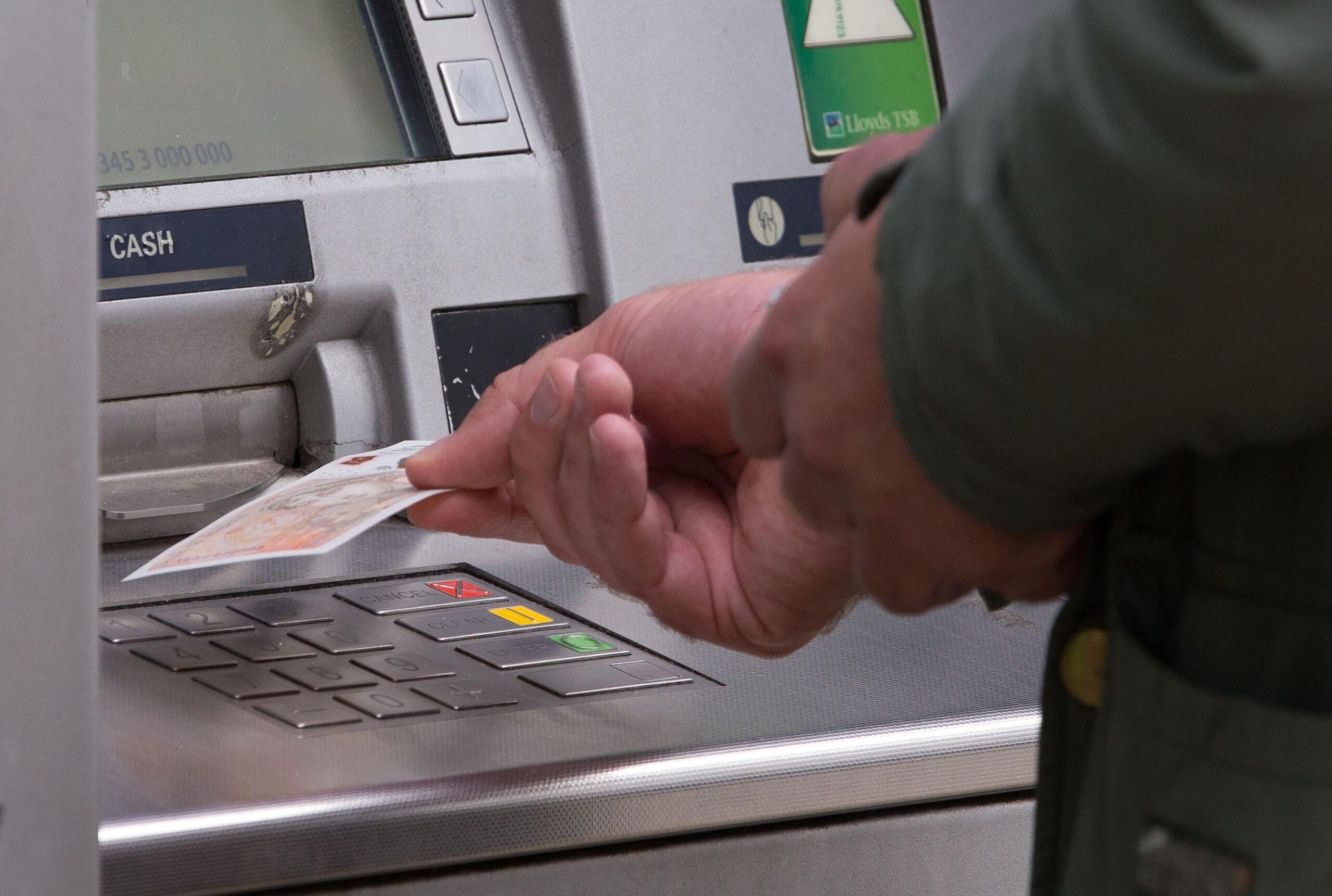More than one in every four payments last year were contactless as cash use plunged, according to figures from a trade association.
Coins and banknotes were used for 17% of all payments in the UK last year, while 27% of payments were contactless, UK Finance said.

With fewer opportunities to spend during the coronavirus lockdowns and large parts of the economy shut, the total number of payments across the UK fell in 2020 for the first time in six years.
Overall, payments declined by 11% compared with 2019 to reach 35.6 billion, UK Finance said. Cash payments plunged by 35% to 6.1 billion.
Cash remained the second most frequently used payment method, behind debit cards, UK Finance said.
There were 15.8 billion debit card payments last year.
During 2020, 13.7 million people used cash only once a month or not at all, nearly doubling from 7.4 million consumers the previous year.
On the other hand, 1.2 million consumers mainly used cash for their day-to-day spending during 2020.
Contactless payments accounted for 9.6 billion transactions.
There are now 135 million contactless cards in circulation, covering 88% of debit cards and 81% of credit cards.
Supermarkets were the most popular place to use contactless in 2020, accounting for 41% of such payments.
This reflects supermarkets remaining open during lockdowns, UK Finance said.
Growing contactless use was also caused by consumers being encouraged to reduce contact by using cards, and contactless payments in particular, during lockdown.
This is despite Bank of England research suggesting the risk of getting coronavirus from banknotes is low.

The upper limit on the value of an individual contactless payment was increased from £30 to £45 in April 2020, enabling more contactless payments.
Within the 35.6 billion payments total, the number of payments made by consumers fell by 13%, to 30.7 billion.
Payments made by commercial organisations, government and not-for-profit organisations increased slightly to 4.8 billion, representing 14% of the number of payments but 80% of the total value.
The report also highlighted strong growth in mobile phones and smart watches as ways to make payments.
Nearly a third (32%) of the adult population, or 17.3 million people, were registered to use mobile payments by the end of 2020, an increase of 7.4 million people compared with 2019.
Whereas contactless payments are widely used across different age groups, in 2020 just over 50% of 16 to 34-year-olds were registered for mobile payments compared with 11% of over-65s, UK Finance said.
And with more people working from home there was also a notable increase in remote banking, as well over two-thirds (72%) of adults used online banking and over half (54%) used mobile banking.
There was also an increase in business use, and in 2020 54% of all business-to-business payments were made via Faster Payments or other remote banking, UK Finance said.
The UK Government has said it will legislate to protect future access to cash and various industry initiatives have been taking place to help maintain cash access.
David Postings, chief executive of UK Finance said: “The pandemic resulted in some marked changes in payments behaviour and while it’s too early to say whether they are permanent changes, we did see an acceleration in some existing trends such as the reduction in cash usage and the growth in contactless and mobile payments.
“The increase in the contactless limit to £45 coupled with retailers encouraging its use meant that more than a quarter of all payments in 2020 were made via contactless.
“The use of cash fell, reflecting the fact that large parts of the economy were closed during the year, although it still remained the second most popular payment method behind debit cards.
“There remains real diversity in the way in which people choose to conduct their day-to-day spending and the banking and finance industry is committed to helping customers make payments in a variety of different ways.”

















